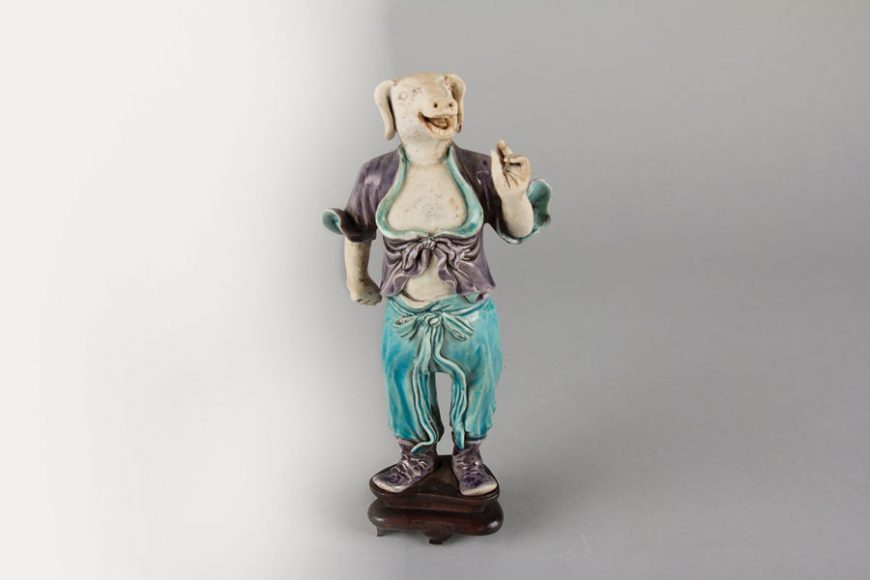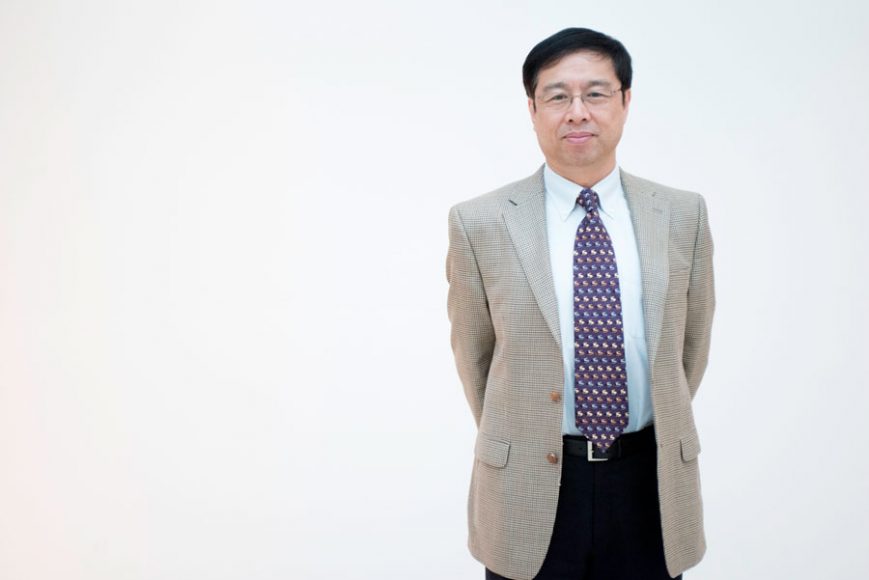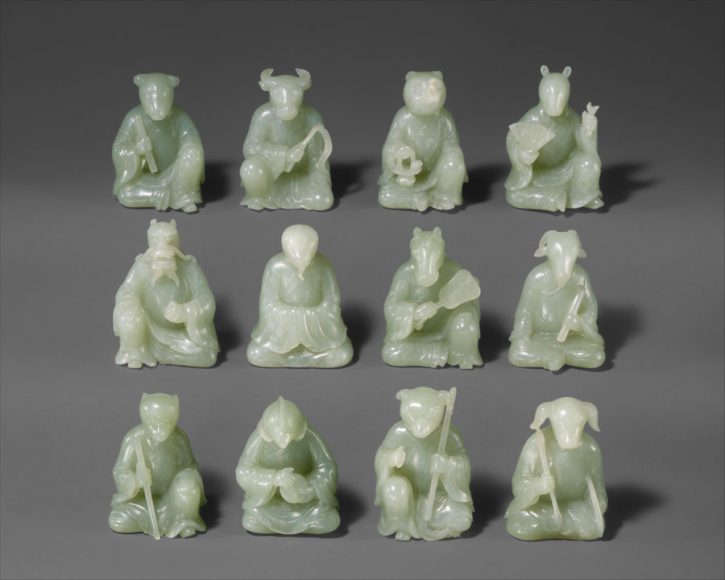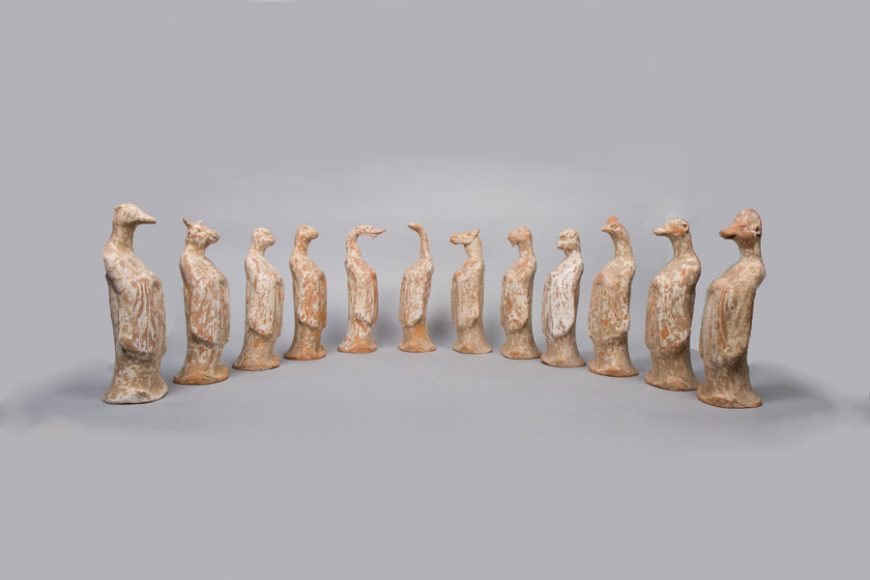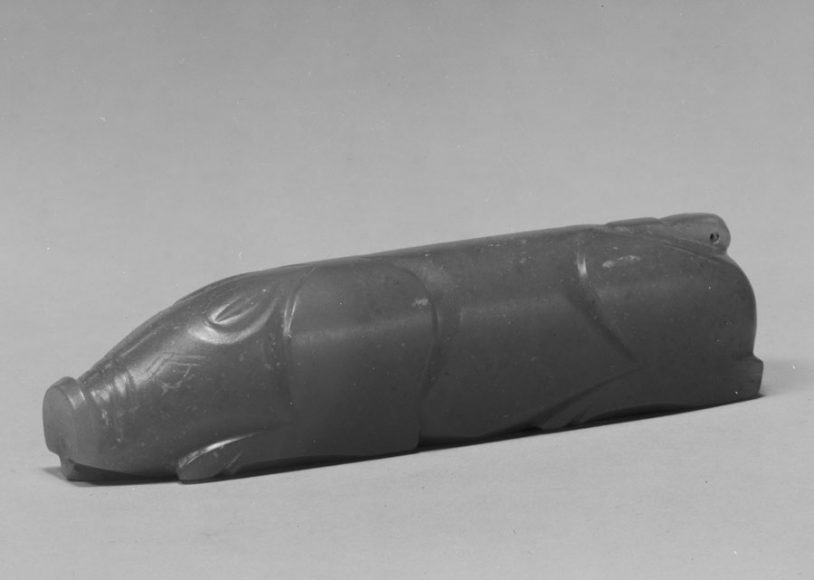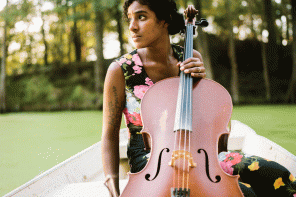We interrupt this issue — you know, WAG’s annual tribute to the animal kingdom traditionally celebrates the horses and the hounds, the cats and the birds — to turn the spotlight on a most unexpected subject.
It’s the pig.
We’re not talking about any random creature wandering around the barnyard, though.
Instead, we’re taking a most artistic approach, spending time on a recent afternoon with Zhixin
Jason Sun, the Brooke Russell Astor Curator of
Chinese Art at The Metropolitan Museum of Art, as he walks us through “Celebrating the Year of the Pig.”
The compact-yet-thoughtful exhibition, which continues through July 28 at the institution’s Fifth Avenue flagship in Manhattan, explores this animal’s essential role in Chinese life as reflected through depictions of pigs created by Chinese artists within the last 2,000 years.
From the start, Sun agrees that it is certainly an unusual show.
“Pigs are rarely given the chance to present themselves, so we have to do them justice,” he says with a laugh.
The traditional East Asian lunar calendar features a repeating 12-year cycle with each year corresponding to one of the animals of the zodiac, from tiger to dog, rabbit to rooster.
“My father’s generation, if you tell them which year you were born, they can immediately tell you” the corresponding animal, Sun says. People, it’s said, also reflect the characteristics of “their” birth-year animal.
The current lunar year — which kicked off in February — celebrates the pig, an animal that remains vital (as a food source) and symbolic in Chinese life. As far back as the third century B.C., the Chinese calendar began an association with this cycle.
“As time went by, the system became more sophisticated,” Sun says, with further associations made to constellations and deities.
For this show, Sun has gathered a selection of pig-themed Chinese works from the museum’s permanent collection.
“Of course, we chose the best ones to show.”
As he walks us through, we hear about how pigs were among the earliest domesticated animals in China and first depicted in art some 5,000 years ago. In a nod to their stature, he says, they were one of the principal animals offered in sacrifice. Sun also touches on techniques used in creating the works in porcelain, earthenware and jade and their original uses.
During the Han dynasty, Sun explains, the dead were buried with small jade pigs placed in their hands to symbolize wealth. Sometimes, they were also buried with architectural models of pigsties, such as the earthenware example here, from the Eastern Han dynasty.
“When a person dies, it doesn’t end there,” he notes, before adding with another laugh, “They wanted to go with enough money. There are expenses in the other world.”
Sun uses some pieces to discuss the artistic process, such as the particularly animated pig figure with well-preserved colored glazes.
“It looks almost like a comic character. He could be telling a story,” he says.
Steps away sits the exhibition’s showpiece, a gathering of 18th-century jade figures. “Twelve Animals of the Chinese Zodiac” is displayed in a deliberate fashion, Sun says.
“Mr. Pig is sitting right in the center because he’s the featured person for this year.”
He shares that in China, it is jade — “not gold, not silver” — that is most revered for both its rarity and the level of skill needed to work with it.
“It’s not number one. It’s number one one one one.”
In this collection, there are no duplicates. It was not made in a cookie-cutter fashion but rather handcrafted by skilled artists.
“Each one of these has a character,” he says of the diminutive pieces, part of a set made for an emperor and one of three known in the world.
The other two, he says, are in the Imperial palace in Beijing: “That’s why we know they were made for the emperor.”
Sun further points out an aesthetic note, that the figurines possess “a mild luster.”
“Things that are very shiny would not be desirable,” he says. A prized work is “not something that jars your eyes.”
As we admire the exhibit’s centerpiece, Sun says the show is part of a tradition at The Met.
“This lunar new year does give us this special occasion to present things in a more prominent way,” Sun says, a yearly animal-themed “teaser” to the extensive permanent holdings.
Sun says that the celebration of the pig can do more than that, though. Recognizing the animal’s intelligence and easygoing manner can also inspire those of us living in today’s fast-paced world.
“I think the pigs can teach us something about this life,” he says. “The pig says ‘Relax. You’ll get there.’”
Advice we can all use.
For more, visit metmuseum.org.

